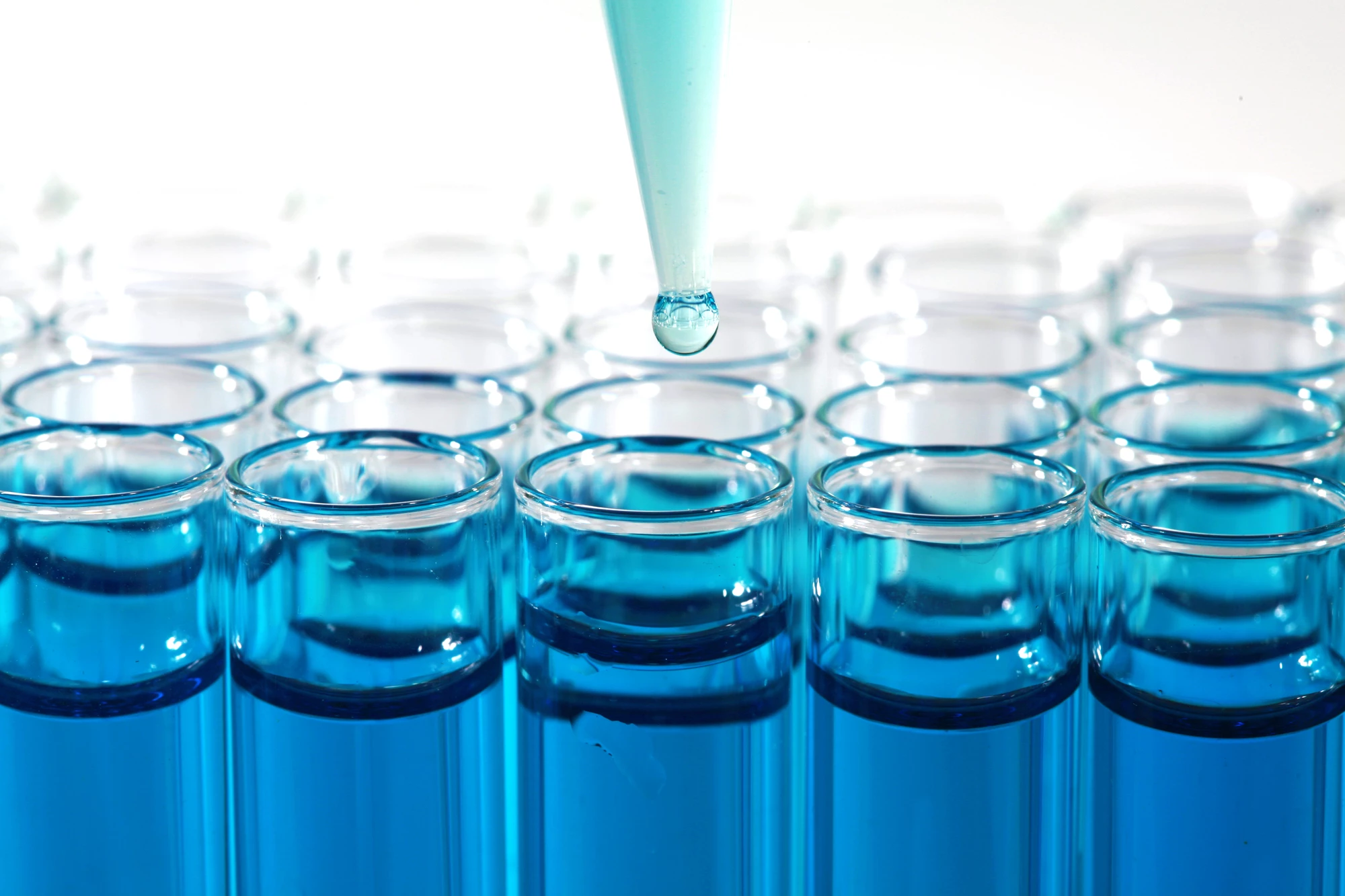Earning themselves the moniker of "forever chemicals" due to their ability to persist for a long time in the environment, perfluoroalkyl and polyfluoroalkyl substances (PFAS) are increasingly being shown to pose serious risks to human health. In light of this improved awareness scientists are ramping up their efforts to better break them down before they can cause harm, and a new breakthrough demonstrates how it might be done in a matter of hours using UV light.
PFAS are a group of chemicals consisting of more than 4,000 compounds that feature in everything from waterproof clothing and nonstick cookware, to food packaging and firefighting foams. In widespread use since the 1940s, studies have linked use of the chemicals to a wide range of health conditions, including cancers and impaired immune system function.
We've seen some promising advances in the ongoing effort to eliminate the chemicals from the environment, with one 2020 study demonstrating a novel powder that could be used as a catalyst to destroy PFAS is some of their most stubborn forms. One interesting and landmark study from earlier this year found that levels of toxic PFAS chemicals in the blood could be reduced by up to 30 percent through regular blood donations.
The latest discovery in this area comes from scientists at the University of California, Riverside, who began experimenting with ways to break down PFAS chemicals through photochemical reactions in 2017. Adding the substances to a water treatment reactor containing sulfite and exposing them to UV light had been shown to effectively break them down. The chemical reactions unfold very slowly, however, so the process therefore uses a lot of energy while failing to dismantle all of the strong carbon-fluorine bonds that underpin the long-lasting nature of PFAS chemicals.
In their attempts to improve on this methodology, the scientists have been making tweaks to this process and last year found some success, discovering that oxidation treatments before and after these baths led to destruction of 100 percent of the carbon-fluorine bonds in major PFAS pollutants. The team has now built on this by adding a special ingredient to hurry things along.
Incorporating iodide into the UV and sulfite treatment led to significant performance benefits, easily breaking down common forms of PFAS, and also concentrated PFAS in a brine solution, in a promising sign for groundwater decontamination efforts. The recipe also proved effective at breaking down a particularly problematic four-carbon PFAS molecule called perfluorobutane sulfonate, which was completely removed from the solution in 24 hours.
“Iodide is really doing some substantial work,” said corresponding author Jinyong Liu, an assistant professor of chemical and environmental engineering. “Not only does it speed up the reaction but it also allows the treatment of a 10 times higher concentrations of PFAS, even some very recalcitrant structures.”
All told, the team's new approach was found to destroy 90 percent of carbon-fluorine atoms in PFAS forever chemicals up to three times faster than the UV and sulfite treatment alone, doing so in a matter of hours, according to the team. The scientists are now working with partners to conduct pilot tests of the technology.
The research was published in the journal Environmental Science & Technology.




